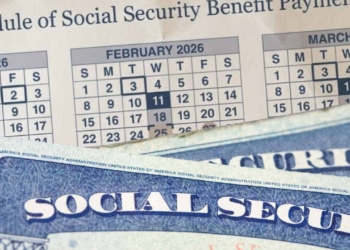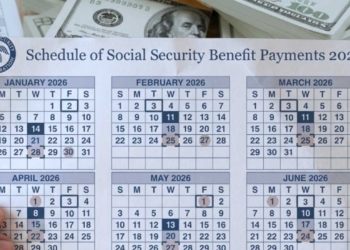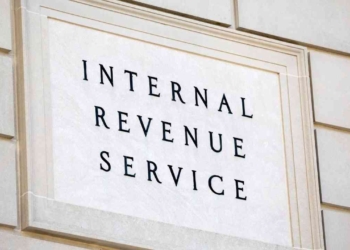Not all the weeks and all the months are the same when it comes to Social Security and SSI payments. The Administration has made official the May payment schedule for Supplemental Security Income, retirement, and SSDI benefits. But which weeks in May will have two payments in a short period of time? Here’s all about it.
As a matter of fact, the weeks in May that will bring two different payments will be the first and the last one. What is more, some Social Security recipients could receive up to three payments throughout May. It will depend on whether you qualify for only retirement or both Supplemental Security Income and retirement benefits, or even SSDI.
Social Security scheduled 2 payments in early May
The first week with 2 direct deposits or paper checks will bring payments on May 1 and May 2. Remember that you could only receive both of them if you are an eligible recipient of the Supplemental Security Income program, also known as SSI, and Social Security.
Receiving both benefits simultaneously is the only way to qualify for the May 1 and May 2 payments. In fact, the May 2 payment should have been scheduled on May 3, but it is a Saturday.
Social Security must always issue payments on working days. In this way, SSA offices and banks or financial institutions are open and able to process payments or to help with any issues.
Social Security on May 28 and SSI on May 30
Those retirees and SSDI recipients who started collecting benefits after April 30, 1997, will receive Social Security on May 28 if they were born from the 21st to the 31st.
However, there is a problem. If you qualify for the May 28 payment, you are ineligible for the SSI payment on May 30. This is because Social Security ensures those who get SSI receive retirement or SSDI benefits on the third day of the month, or on the previous business day if it falls on the weekend.
All SSI recipients who remain eligible will get their June payment on May 30. Bear in mind that June 1 is a Sunday, so the checks and direct deposits will be delivered 2 days in advance in order to avoid delays.
SSI and Social Security payment amounts
The average SSI payment for all beneficiaries is $715. Retirees can get about $1,980 from the Administration on average. SSDI recipients get something in between these 2 average amounts, $1,580.
A high earner on Social Security can receive up to $5,108. Nevertheless, it is only possible to receive the highest benefit in 2025 if you:
- filed at the age of 70
- earned the contribution and benefit base for 35 years
- worked in jobs covered by the Agency all those years
- remain eligible and have not broken SSA rules







